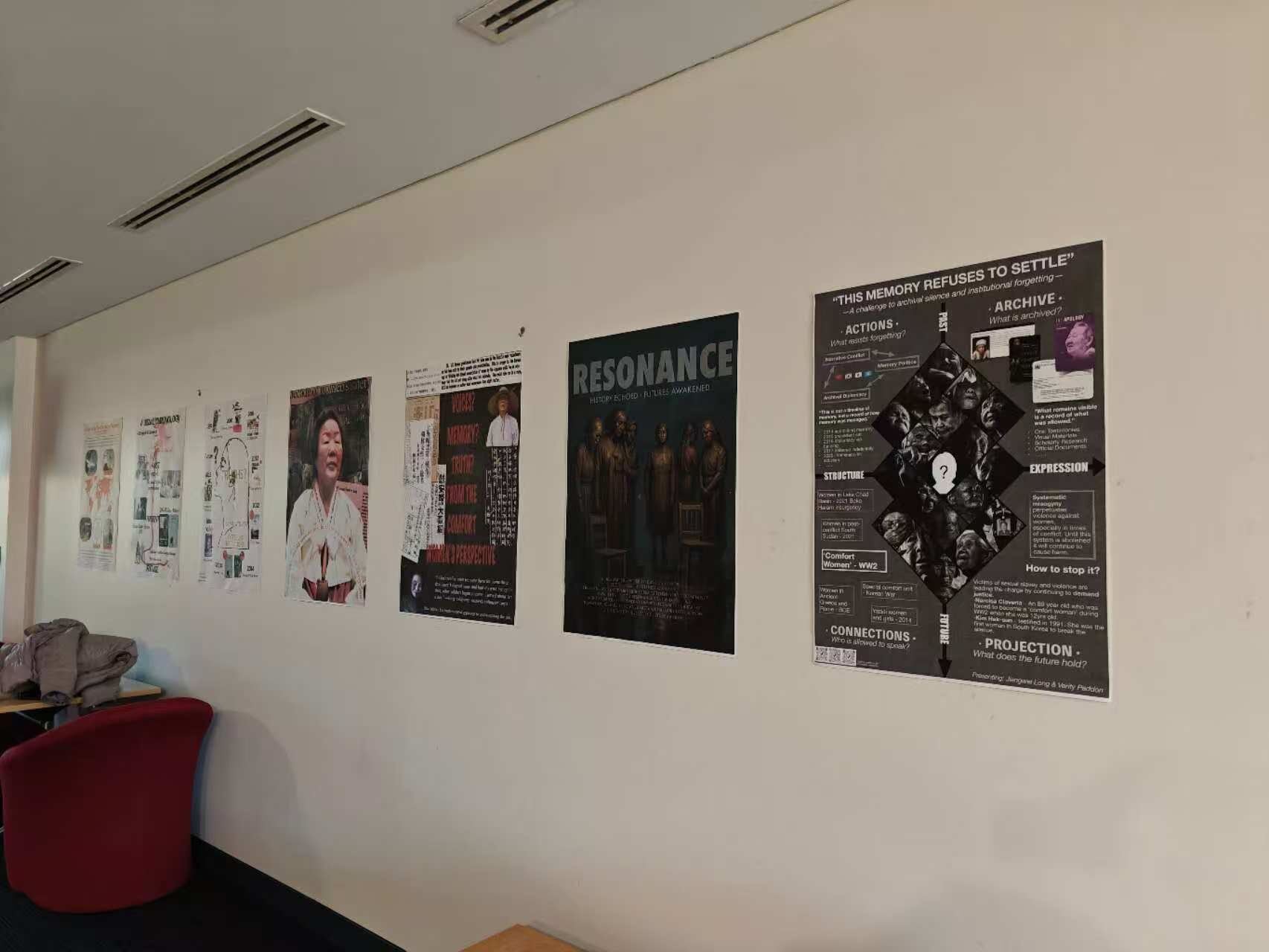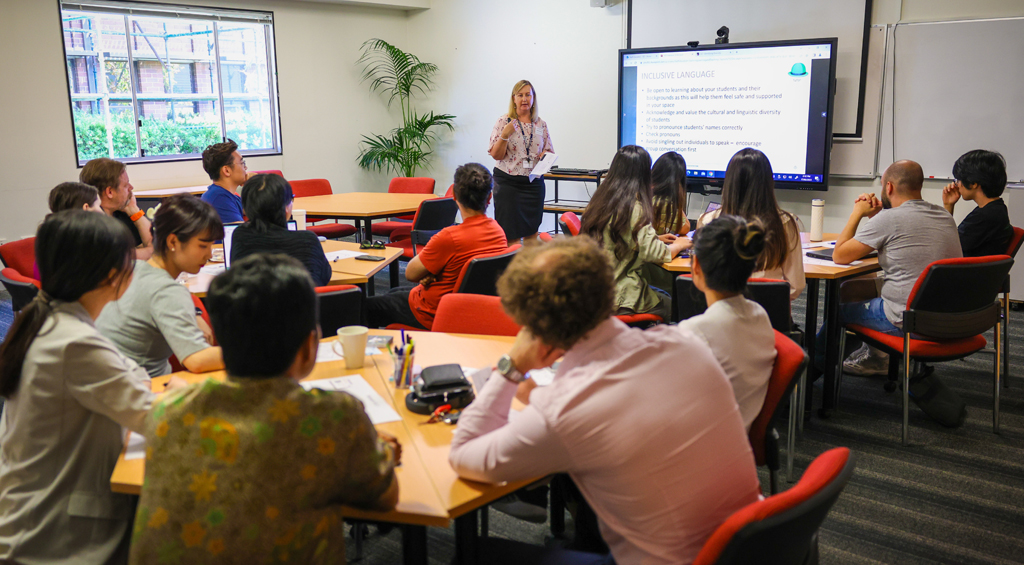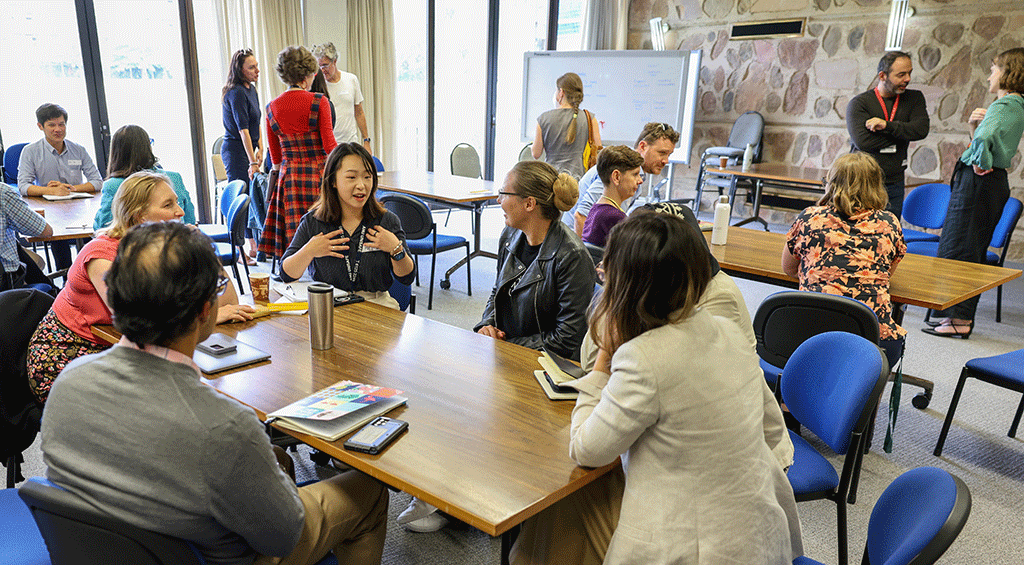Redesigning courses during the pivot to remote learning period was challenging for everyone around the world, not just here at ANU.
The teaching team behind the first year course The Blue Planet: An Introduction to Earth System Science, took up the electronic reins to their course and reworked it to be a Covid-19 ‘remote-learning-friendly’ course. Communication was a key part of the course redesign, with a weekly Zoom drop-in session set up for student informal discussions related to the course. A clear interactive schedule was provided so that students had clear submission dates for their weekly tasks and assessment items, and a discussion forum was also very well used by students.
The Blue Planet was delivered by Associate Professor John Mavrogenes and the Earth Science Education Support Officer, Tiah Penny, who up-ended their usual field trips, tutorials and practicals, and instead, engaged with students using Zoom. Practical activities were pre-recorded enabling students to make their own observations and work through the practical guide at their own pace. Lectures were pre-recorded in a style preferred by each of the three lecturers.
Tutorials, Engagement and Community
Rather than literally transfer the classes online, a flipped approach to tutorials was used. Students were provided with tasks to research and to write up in their small groups which met online independently, and their group’s responses were then shared through a discussion forum on Wattle.
Feedback on the students’ responses was provided in Zoom tutorials, which enabled students to gain some direct contact with their teaching team, and which was also in line with Ajjawi and Boud’s approach. The team reflected that student engagement with these sessions could have been better, with approximately 50% of students attending the tutorial sessions. Based on the end of semester survey results (from 25% of the students) the top three reasons that students kept their camera off were 1) everyone else had their camera off; 2) poor internet connection; and 3) too embarrassed to be on video.
The teaching team tried to build a sense of community by applying Farmer’s ideas, acknowledging that community became a challenge for some educators in pivoting to remote learning. Tips such as these on Sustaining Quality learning from the University of London and Nonverbal immediacy behaviors from Dixson could be applied during semester 2. Data collected throughout the semester also indicated that pre-recorded short lectures conducted using Zoom which showed the lecturer’s face at times were also more popular, as students felt more connected to the teaching staff when they could see their face.
Assessment
Along with the change in learning and teaching during Semester 1, assessment also shifted towards a student-created authentic approach. The 130 first year students agreed to change their assessment from the traditional format of exam (70%) and field trip reports (30%) to a series of nine weekly quizzes (70%) an individual annotated bibliography (10%), a group video or podcast (10%) and a guided individual reflection (10%). Students provided positive feedback on the weekly quizzes and stated that they preferred this style of assessment over larger end of semester exams as it helped them to feel connected with the course.
Topics were chosen using the Choice tool from a list on Wattle, with students then assigned into working groups (not the same as their tutorial and practical discussion groups). This not only helped to scaffold the student learning experience, but ensured that students maximised their potential socialisation and bonding with peers (Baik, Naylor, Arkoudis, 2015).
“How Mountains are Built” – Student podcast assessment
The annotated bibliographies created a repository of reading material shared via a Wattle discussion board, which students could draw on and use to inform their own videos, podcasts, and reflections. Another first for the course was the provision of rubrics for each assessment. These followed a different format to most and included criteria, points, learning outcomes and a gold star, which was awarded to any student who produced an outstanding aspect to their work and which then had to be endorsed by two assessors.
Overall, the students were very engaged with the presentation aspect and produced high-quality submissions, examples of which you can see here (with the students permission).
Dr Scott Rickard is an Education Designer in the Education Design (ED) team – one of three teams within the ANU Centre for Learning and Teaching (CLT).
Associate Professor John Mavrogenes is the Associate Dean (Education) in the ANU College of Science, and Tiah Penny is the Earth Science Education Support Officer.







